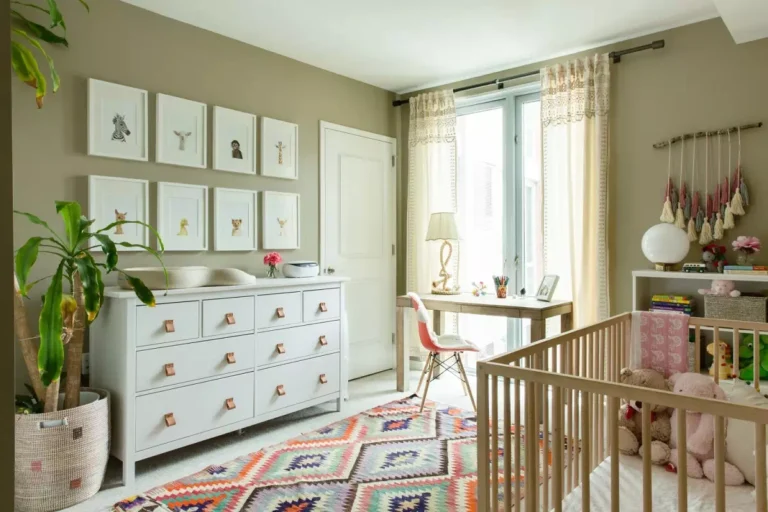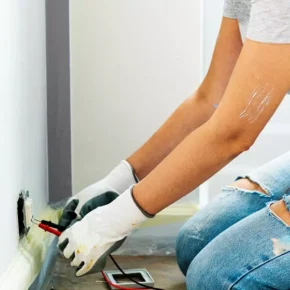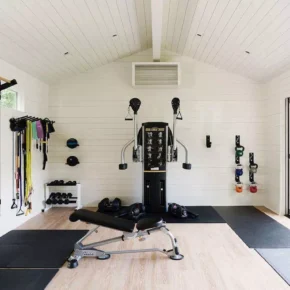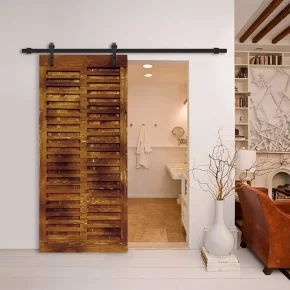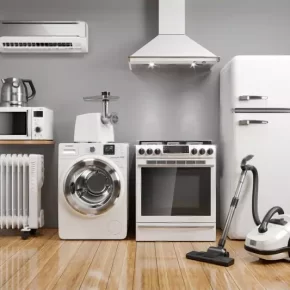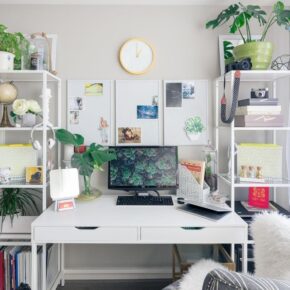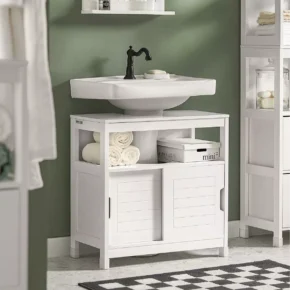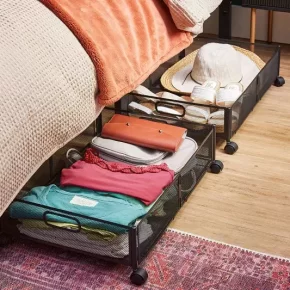Choosing a carpet for a children’s room is an important decision, because it not only performs an aesthetic function, but also provides comfort, safety and coziness for your child.
The quality of the material, its environmental friendliness, ease of care and design – all this should be taken into account.
Criteria for choosing a carpet for a children’s room
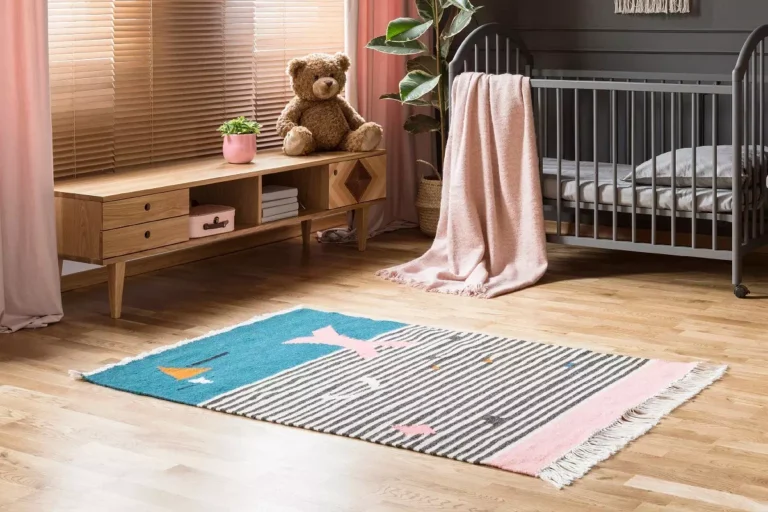
1. Safety and environmental friendliness of materials
For the children’s room, it is worth choosing ecological and hypoallergenic materials. This will ensure the safety of the child, especially if he spends a lot of time on the floor. Here are some materials that meet these requirements:
- Cotton : natural and pleasant to the touch material, suitable for babies. Easy to care for and does not cause allergies.
- Wool : has natural antibacterial properties, but can cause allergies in some children, so it is important to consider individual needs.
- Polypropylene : modern synthetic material that is easy to clean, resistant to stains and water, as well as hypoallergenic.
2. Softness and comfort
Since the child often plays on the floor, it is important that the carpet is soft and comfortable. Choose models with a soft pile to provide additional protection against impacts in the event of a fall. For active children, you can consider carpets with a thicker base.
3. Ease of care
A child’s room is a place where spills, stains and other accidental contamination often occur. Therefore, the carpet should be easy to care for. Synthetic materials, such as polyester or polypropylene, withstand frequent washing and cleaning well.
4. Anti-slip properties
To ensure safety, make sure that the carpet does not slide on the floor. Choose models with a non-slip base or use special underlays under the carpet. This will help prevent falls and injuries.
5. Size and shape
The size of the carpet depends on the area of the room and its zoning. You can choose a large carpet that will cover the entire floor, or several small rugs for zoning the space. For example, one rug for the play area and another for the bed. Also pay attention to the shape: round rugs are suitable for small rooms, and rectangular – for more spacious ones.
6. Design and theme
A carpet in a children’s room can become a bright element of decor. Choose models with cheerful colors and patterns that will promote the development of imagination and a positive mood. Thematic rugs with favorite characters or scenes from fairy tales can also be a great addition to the interior.
Caring for the carpet in the children’s room
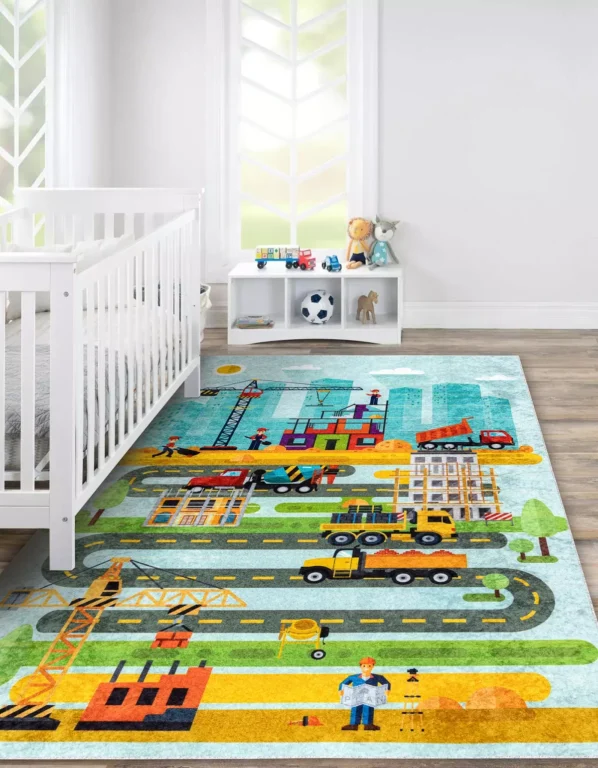
Proper care of the carpet in the children’s room will help preserve its attractive appearance and ensure hygiene.
1. Regular vacuuming
Vacuum your carpet at least twice a week to keep it clean and avoid dust build-up. This will help reduce the amount of allergens in the air and maintain the cleanliness of the pile.
2. Periodic washing and cleaning
Depending on the material of the carpet, different cleaning methods can be used. Natural materials such as wool or cotton may require professional cleaning. Synthetic carpets can be washed independently using detergents or a steam cleaner.
3. Spot cleaning
It is important to act quickly to remove carpet stains. Use mild detergents without aggressive chemicals to avoid damaging the material and causing allergic reactions. For more stubborn stains, use special carpet cleaners, but always test them on an inconspicuous area.
4. Ventilation
Ventilate the room regularly and periodically take the carpet out for fresh air. This will help eliminate unpleasant odors and prevent the growth of mold or bacteria.
5. Replacement for seasonal options
For additional hygiene and convenience, you can use replaceable carpets. For example, in the warm season, it is better to lay a lighter and thinner carpet, and in the winter – a thicker and warmer option.
A carpet in a children’s room not only adds coziness, but also ensures safety and comfort for the baby. Choosing the right material, shape and design will help create the perfect space for development and play. Regular care of the carpet will extend its service life and protect the child from possible allergens and pollution.

